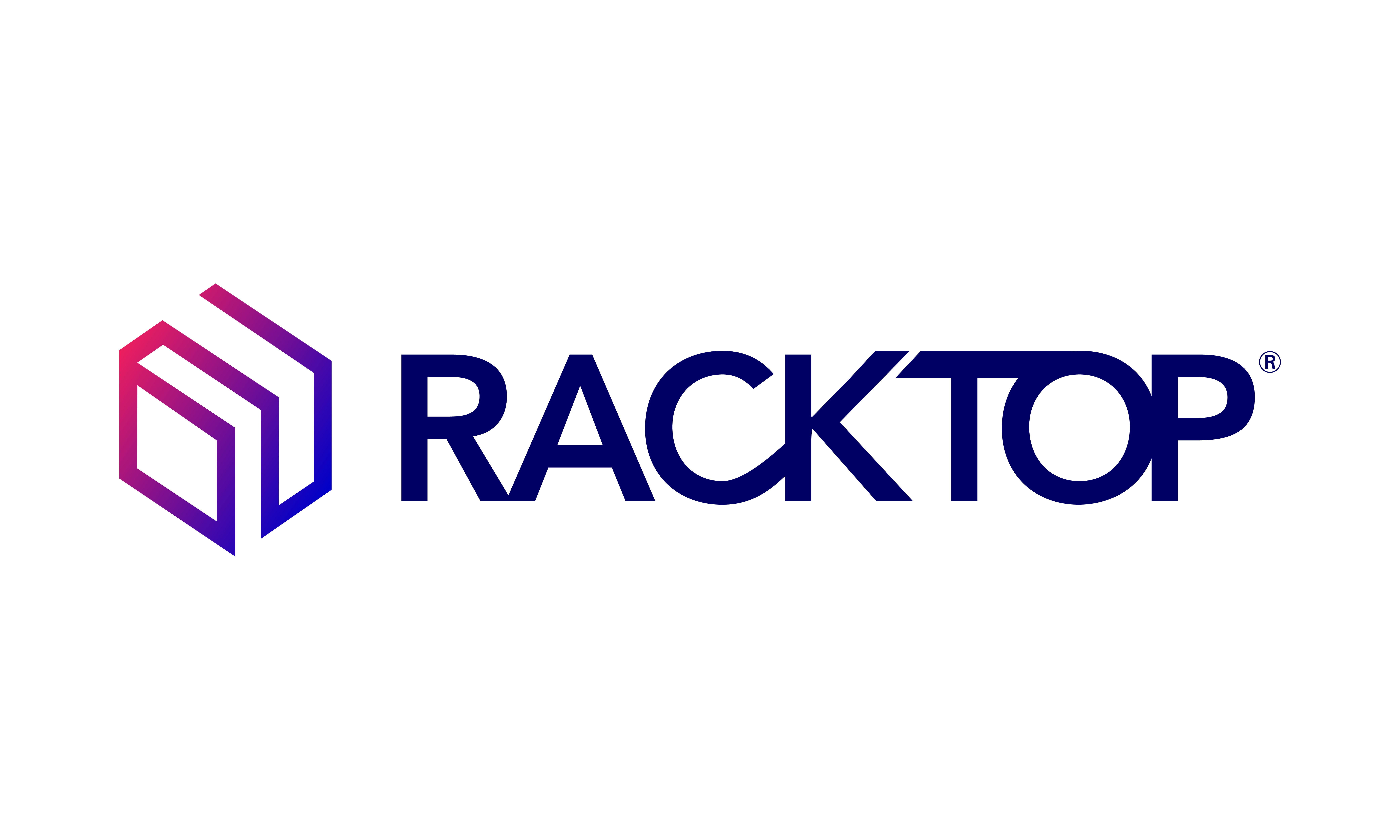Data is immensely powerful, enabling more informed decision-making that drives meaningful outcomes for organizations. The common perception is that more actionable data generates higher revenue streams and efficiencies for organizations. However, much of this data is unstructured, creating challenges with data visibility. Without a proper storage infrastructure there’s a larger attack surface and higher potential for financial gain for cybercriminals.
Financial services, healthcare and telecommunications have vast stores of personally identifiable information (PII), and PwC’s 25th annual global CEO survey recently identified those three sectors as some of the most at-risk industries for cyberattacks. Not only does storing high volumes of unstructured data make organizations more attractive to hackers, but it also adds more compliance requirements specifically for data protection. PII, medical information and other sensitive data must be protected to maintain integrity by following all industry-required regulations.
A scalable data storage infrastructure is a critical part of the strategy that can’t be overlooked. Evaluating how and where your business stores data can strengthen data security processes.
Challenges of Data Growth and Cybersecurity
More platforms and applications than ever before are being used to manage the sprawl of unstructured data, but organizations are finding themselves with increasingly complex environments as a result. That makes it more difficult to harness and utilize data. While 80 percent of all data generated is unstructured, only 32 percent of organizations are able to leverage their data to create actionable business insights. Meanwhile, keeping this data secure from hackers and malicious insiders is a major challenge.
Insider threats are a growing risk factor across industries and an area of data security that is often overlooked. Additionally, employees may be unaware of risks they create. Millions of workers left their jobs during the Great Resignation, creating a 37 percent chance companies will lose IP when employees resign, according to code42’s Annual Data Exposure Report. Many organizations lack visibility into how much data employees are taking to other companies when they leave for new jobs. The report found that departing employees are the second leading cause of successful data breaches. Insider threats can often be the result of human error or employees becoming lax in following defined cybersecurity procedures.
Limitations of Traditional Storage Platforms
As data continues to grow exponentially, data storage capabilities are just as important as the measures taken to secure it. Traditional storage architecture primarily consisted of network-attached storage (NAS) that provided file-based storage to devices on a network. While NAS platforms emerged as a flexible solution with remote data availability, they have not kept pace with the rapid evolution of the threat landscape.
For example, in January 2022, a ransomware variant known as Deadbolt infected NAS devices from QNAP with a resurgence in March. Deadbolt encrypts backup drives and then sends a ransomware message through the device’s web network. Nearly 5,000 QNAP devices were infected, and the company’s patch created new issues for users, including broken connections and preventing victims from decrypting files.
When using traditional data storage platforms, organizations can’t always count on these tools to protect their valuable assets from sophisticated threats. Data security must focus on protecting data at its source.
Starting with Storage: A Modern Approach to Data Security
While cybersecurity measures such as user authentication and access controls are becoming more widespread, these processes can’t defend against every vulnerability in the increasingly complex threat landscape. Mobile devices, hybrid cloud environments and remote work opened an entire new generation of vulnerabilities and created a new need for data-centric zero trust models of data protection. Compared to the outside-in method of network-based zero trust, data-centric zero trust provides deeper security in any environment. With real-time detection, potential threats are stopped where data is stored, which prevents vulnerabilities from expanding.
Organizations may see data storage and security as separate challenges to address, but cyberstorage platforms bring them together. Using active defense, cyberstorage stops ransomware and data theft in real time and ensures your most valuable data is safe from sabotage. Deployed as a software, RackTop’s BrickStor SP can be tailored to fit your performance and scaling requirements no matter how big or small. BrickStor SP offers cyber resilient protection for primary files and establishes greater visibility into your data. With unique user and entity behavior analysis, the platform builds a blueprint for typical operations, enabling anomalies to be identified and stopped immediately. The best defense against ransomware and other threats is prevention, and cyberstorage is more responsive than network-based tools.
To learn more about how cyberstorage can safeguard your most valuable data, contact RackTop today.

